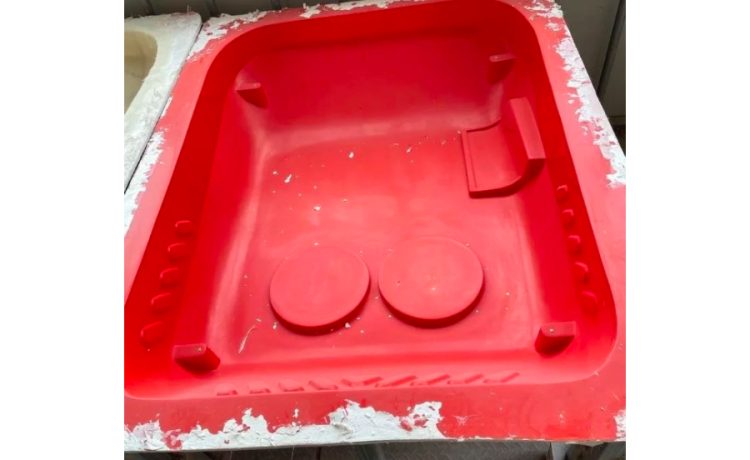Light Resin Transfer Molding System (LRTM) uses a closed mould system where base and counter moulds are used with airtight seals. Moulds A and B are joined by vacuum pressure, producing two finished sides with a predetermined thickness. During the process, after filling mould-A with dry fibre reinforcements and attaching it to mould-B, vacuum rings hold the moulds in place.
Resin is injected into the part After the air has been removed from each mould independently. The vacuum is then maintained until the resin has had time to cure. This versatile manufacturing process results in high productivity, and reduced labour costs.
With BLG Fiberglass Manufacturing, customers in the automobile, transportation, and recreation industries receive ideal components. Some of the components to manufacture are engine covers, truck roofs, door surrounds, battery boxes, cowl panels, fenders, cooling modules, and exterior trims. They consist of a knowledgeable and trained team of professionals that customize materials based on client needs.
Advantages of LRTM:
- Production of complex parts with consistent thickness levels.
- Closed mould technology improves sustainability by reducing material waste.
- For sturdy and lightweight components, precise resin injection and fibre insertion are used.
- Suitable for mass production, thereby assuring affordability.
- Vacuum pressure guarantees that resin is distributed evenly and without gaps.
- Superior mechanical properties and structural integrity of final products.
- Able to create pieces of complicated designs with excellent quality.
- Automated manufacturing and processing time reduced for finished products.
- Shorter processing and cycle times compared with traditional open mould techniques.
Materials Used For LRTM
Resins –
Epoxy, polyester, vinylester, and phenolic resins, as well as high-temperature resins such as bismaleimides at high process temperatures.
Fibres –
Any type of fibre is suitable because the holes in stitched fabrics let the resin move quickly. Resin flow can be improved by using specially designed fabrics.
Cores –
Avoid honeycomb cores to avoid cells and foams filled with resin from collapsing under pressure.
Hazardous Air Pollutant (HAP) emissions are greatly reduced by using LRTM, and factory working conditions are also improved. However, tooling modifications should be considered when switching from open to closed moulding because the certain design may not be adjusted.













